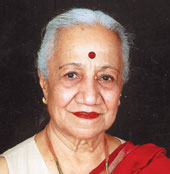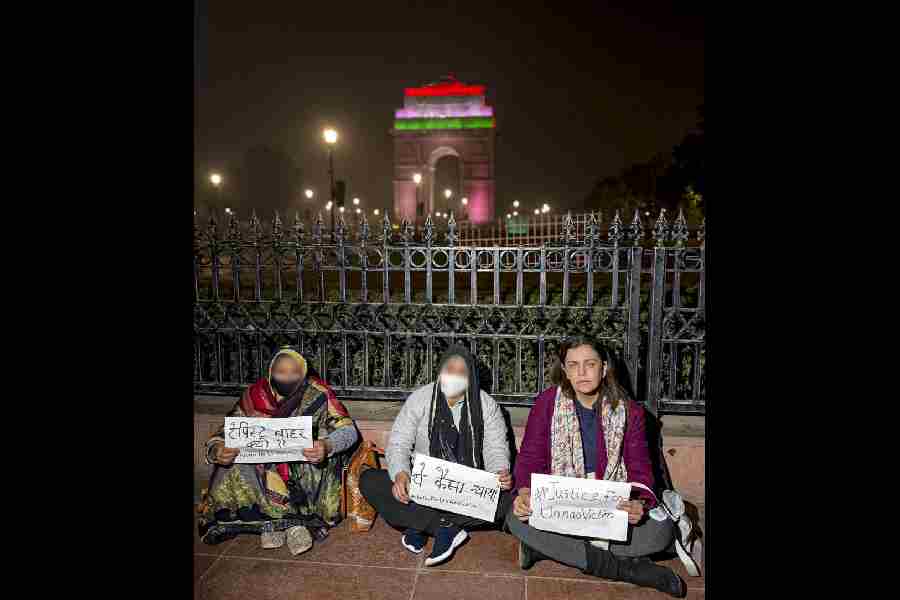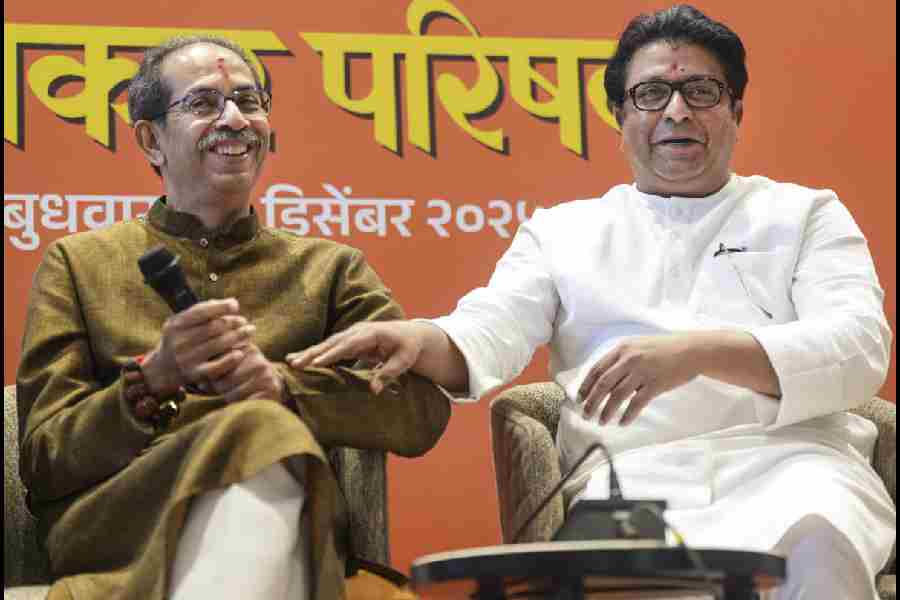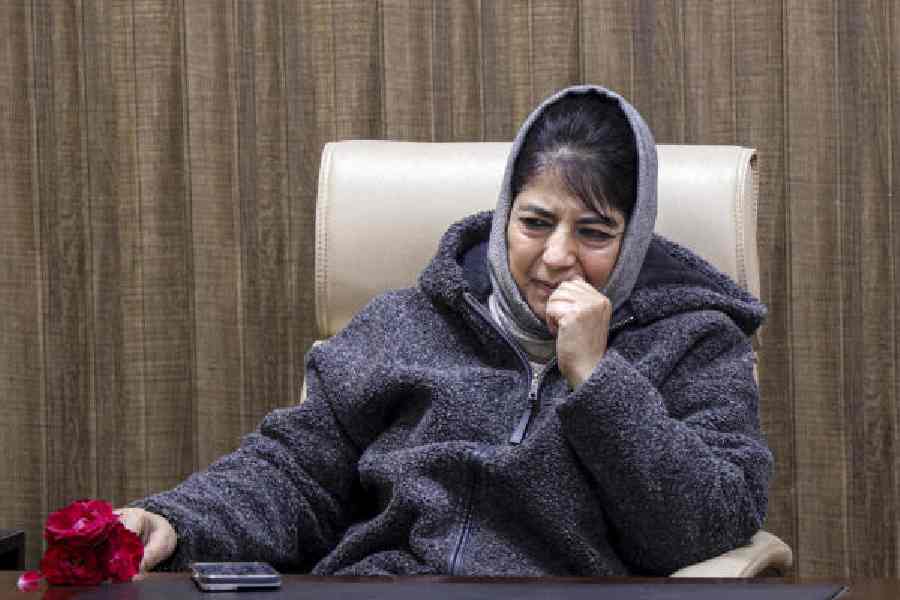 |
| Shape of the lock: Veena Shroff and her collection which is on display at Mumbai’s Prince of Wales Museum. (Below) the gold parandi, decorative combs, clips, and the traditional sun and moon ornament. |
 |
 |
 |
 |
For today’s woman, hair d?cor may be all about cut and colour. But time was when hair adornment meant dressing up your tresses with jewelled accessories, with stunning combs and dazzling parandis. In fact, in ancient India, hair decoration was considered to be one of the 16 shringaras (the art of beautifying oneself for the beloved). Some of those forgotten hair accessories live on in the private collection of Veena Shroff, an 81-year-old aesthete and sometime dancer in the troupe of Uday Shankar, who has been collecting these interesting ornaments for over 50 years.
Shroff’s collection of over 600 pieces of antique hair accessories, titled Keshalankara, is currently on exhibit at the Prince of Wales Museum, Mumbai. It comprises a wide range of hair ornaments from all over the country and offers a glimpse into the way in which they were used to mark and classify women, distinguishing the married from the unmarried, the ones who were already claimed from those who were yet to be.
Shroff’s tryst with the art of hair decoration began from the time when she was a dancer in Uday Shankar’s troupe. “I was fascinated with the many artistic possibilities that a simple bun offered with its various twists and turns,” says Shroff. This in turn triggered her interest in hair ornaments.
What is remarkable about these accessories is that they give you a glimpse into the social and cultural context in which their users lived. For instance, the braid ornaments used by married women differed from those worn by young girls. While married women wore a single ornament with chakras, unmarried girls wore ornaments with figurines of goddesses embedded on them. Even today, in Gujarat, only married women use the bor-rakhadi, a typical forehead ornament. In South India, the ornaments are associated with symbols of fertility, such as the snake hood-shaped jadainagam.
“There is a certain romanticism associated with hair d?cor,” says Shroff. “Gifting a comb to a woman was a gesture of romantic love in ancient times. In Jaydev’s Geet Govinda, Radha asks Krishna to decorate her hair.”
As she built up her collection, Shroff picked up many interesting facts as well. At a Pushkar mela in Rajasthan, for example, she learnt about the use of two mirrors attached to the ends of a parandi. An artisan explained that they were useful to women who could quickly spruce up their faces before the arrival of a lover. Similarly, married women wore ghungroos attached to hairpins so that their husbands or members of the family would know exactly where they were.
Shroff hopes to pass her collection on to her next generation. “One cannot wear these elaborate jewels,” she says. “But who knows, some designer may one day come up with a new style with this as a reference point.”










